
Production
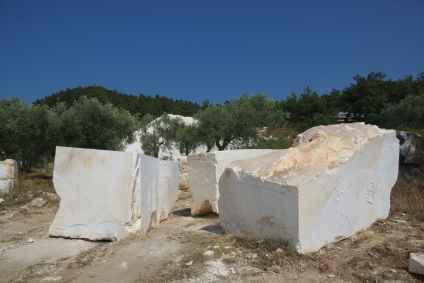
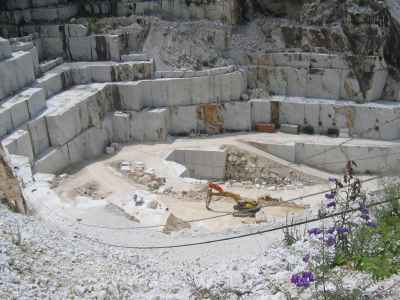
The Romans and Greeks were the first to recognise the potential of marble because its soft nature made it ideal for sculpting using their primitive tools. Nowadays, marble is quarried all over the world with each region’s products offering different characteristics. The majority of stone originates from China, Italy and Spain but it is also produced in Portugal, Turkey, Iran, India and Pakistan as well as other countries around the world.
Granite is a product that provides distinctive and varied patterning but much greater durability making it much more suitable for exterior projects and areas requiring a hard wearing surface.
Essentially, the modern method of mining marble is not too different from the methods used in ancient times. Because marble can shatter, it must be mined very carefully. Originally, moist wedges were forced into crevices and, as they expanded, they caused the rock to split so it could be extracted. Now, miners usually employ channelling machines to cut thin grooves or channels deeply around the perimeter of the piece of marble they want. Then they place heavy, metal wedges in the holes or grooves and pound them in with a sledgehammer. The wedges cause the marble to crack along the grooves, and the large chunk of marble is separated from the main marble
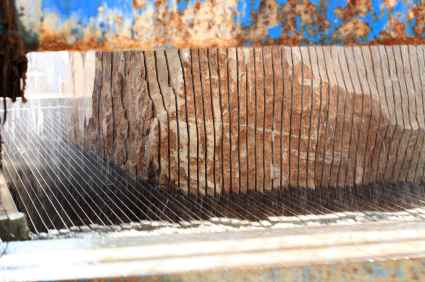
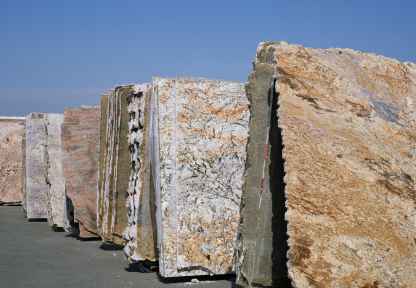
Large blocks of marble and granite are cut into slabs using a huge diamond-edged frame saw that is cooled with water. Thicknesses of batches varies accorng to the designated usage. Thin sections of 7mm would be suitable for walls to avoid unnecessary weight that would need to be supported. Slightly thicker sections of 10mm would be suitable for light domestic usage for flooring and work tops. Thicker sections of 20mm would be ideal for flooring that needed to withstand heavy usage such as hotels or concourses. Sections of 30mm would be probably designated for stairs. Each section is carefully numbered so that the sequence can be maintained to ensure that the innate patterning can be matched. Surfaces are polished using a coarse diamond grit, then a medium diamond grit, and later a fine diamond grit until the surface shines.
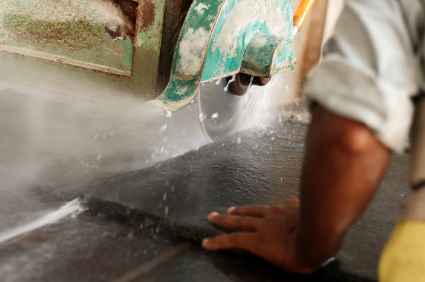
Once cut, sections are wrapped for protection ready for transportation to specialist importers and wholesalers. After that, slabs are likely to be cut to smaller sizes or tiles ready for installation.
Marble, in particular, is unique and customers should be wary of samples because they can differ significantly from subsequent production. For example, slabs from the very same quarry can differ greatly. Patterning will possibility become richer and more striking as blocks are extracted from deeper in the quarry.
